We are a participant in the Amazon Services LLC Associates Program, an affiliate advertising program designed to provide a means for us to earn fees by linking to Amazon.com and affiliated sites.
This costs the purchaser nothing extra.
In this way I can continue to provide free resources.
Thank you for your support.
This costs the purchaser nothing extra.
In this way I can continue to provide free resources.
Thank you for your support.


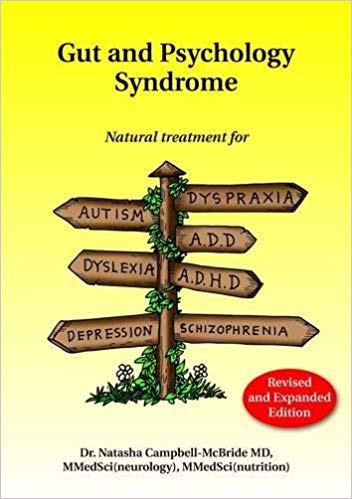







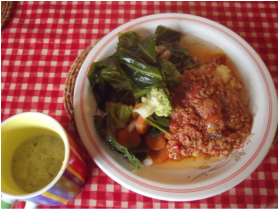
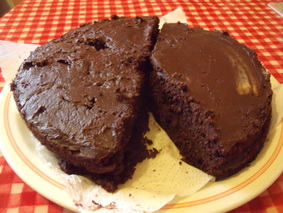


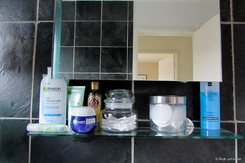
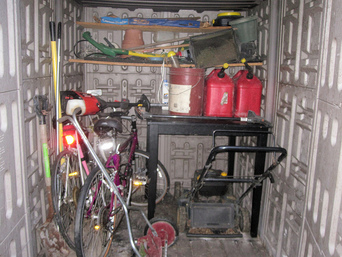
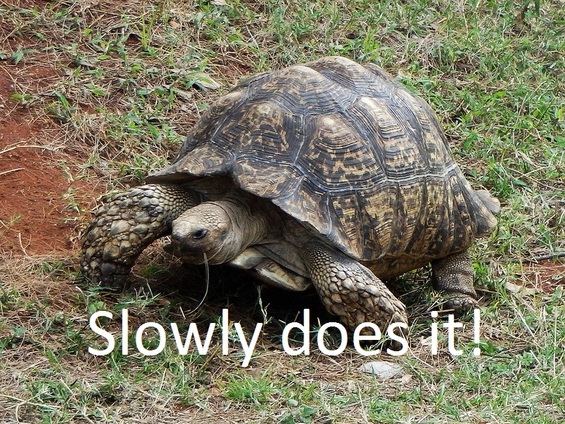
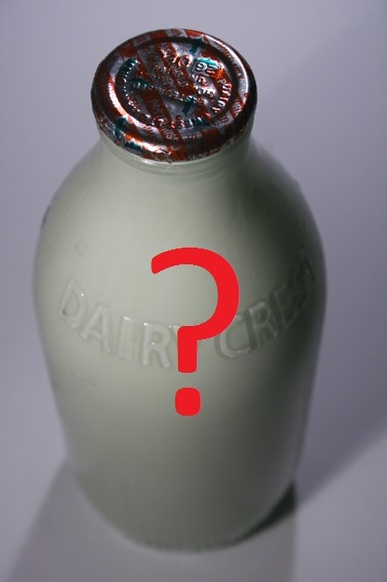
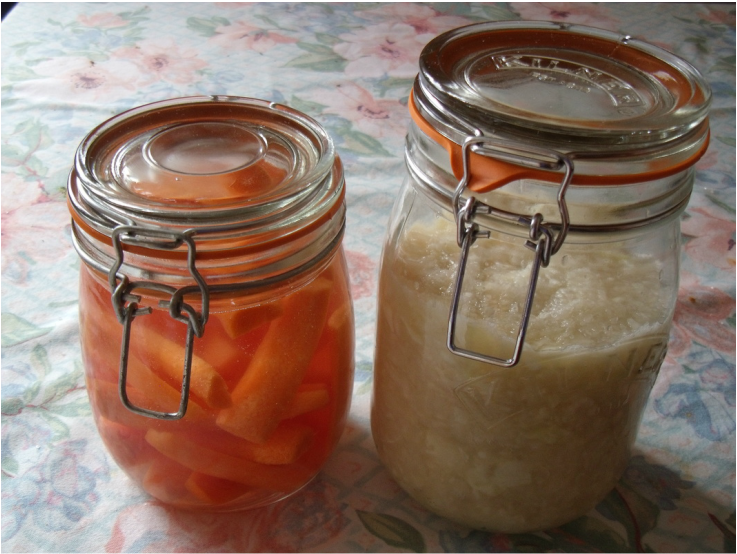
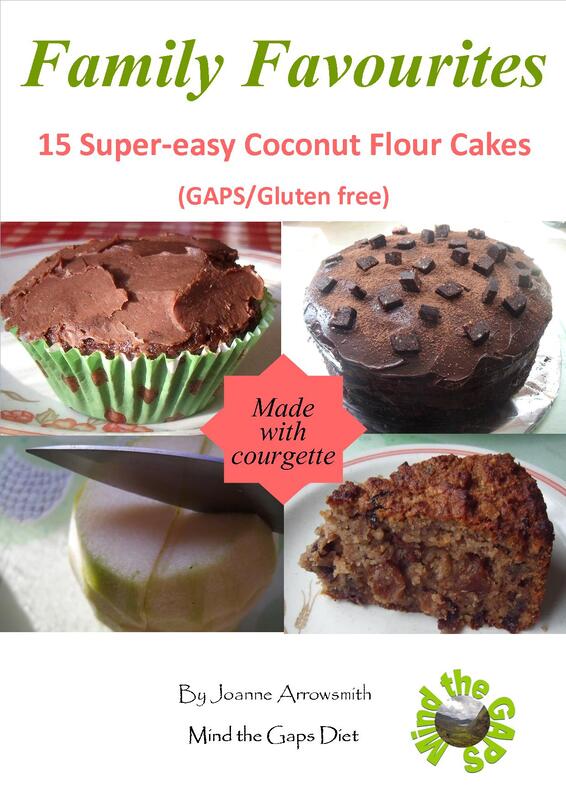
 RSS Feed
RSS Feed

